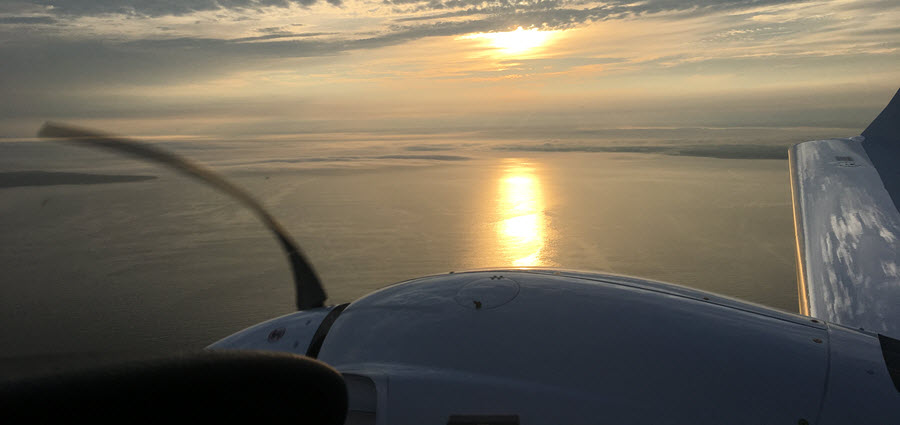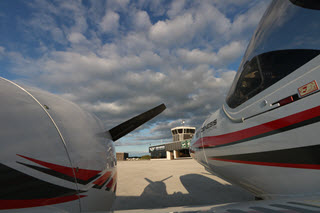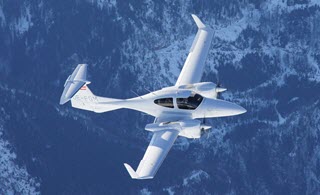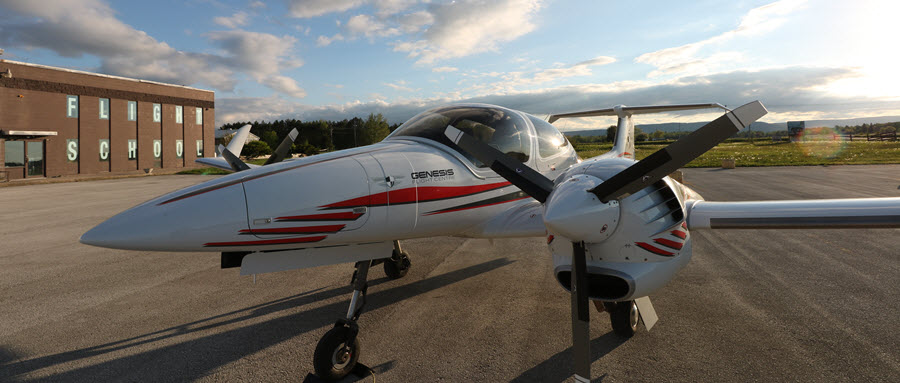MULTI-ENGINE PILOT SKILLS
The Multi-engine rating is perhaps the most fun to obtain. There are many new things to learn, but there is no written exam and the rating is primarily pilot skill development.
Beyond systems, controllability, and performance, a multi-engine rating is pretty simple. While it is more costly to train in a twin-engine aircraft, the rating is necessary for a professional pilot to gain experience with the performance of more complex aircraft.

For a pilot to obtain a multi-engine rating, you’ll need to be trained on the aircraft’s performance and limitations, aircraft systems, performance maneuvers, single-engine operations, spin awareness, emergency operations, and single engine instrument approaches (Group 1 Instrument). There is not a specified additional flying hour requirement on top of the private pilot or commercial pilot certificate, however the training typically involves about ten hours of flying plus simulator and ground briefings.
Your instructor will assess your current level and provide reading assignments to prepare you for the course. Knowledge of multi-engine theory and practical application of performance charts will be tested during the flight test.
A Multi-Engine Rating allows you to fly non-high-performance multi-engine aeroplanes as endorsed on your licence.
This program does not require approval under the Private Career Colleges Act, 2005.

Valid PPL or CPL
Valid Category 1 Medical Certificate
REQUIREMENTS
To achieve your multi-engine rating you must have:
Completed sufficient dual instruction to meet the flight test standards.
Successfully complete a flight test to the standard outlined in the Flight Test Standards – Multi-Engine Rating – Aeroplane (TP219)
There is no Transport Canada Study and Reference Guide for this course, as there is also no written exam


